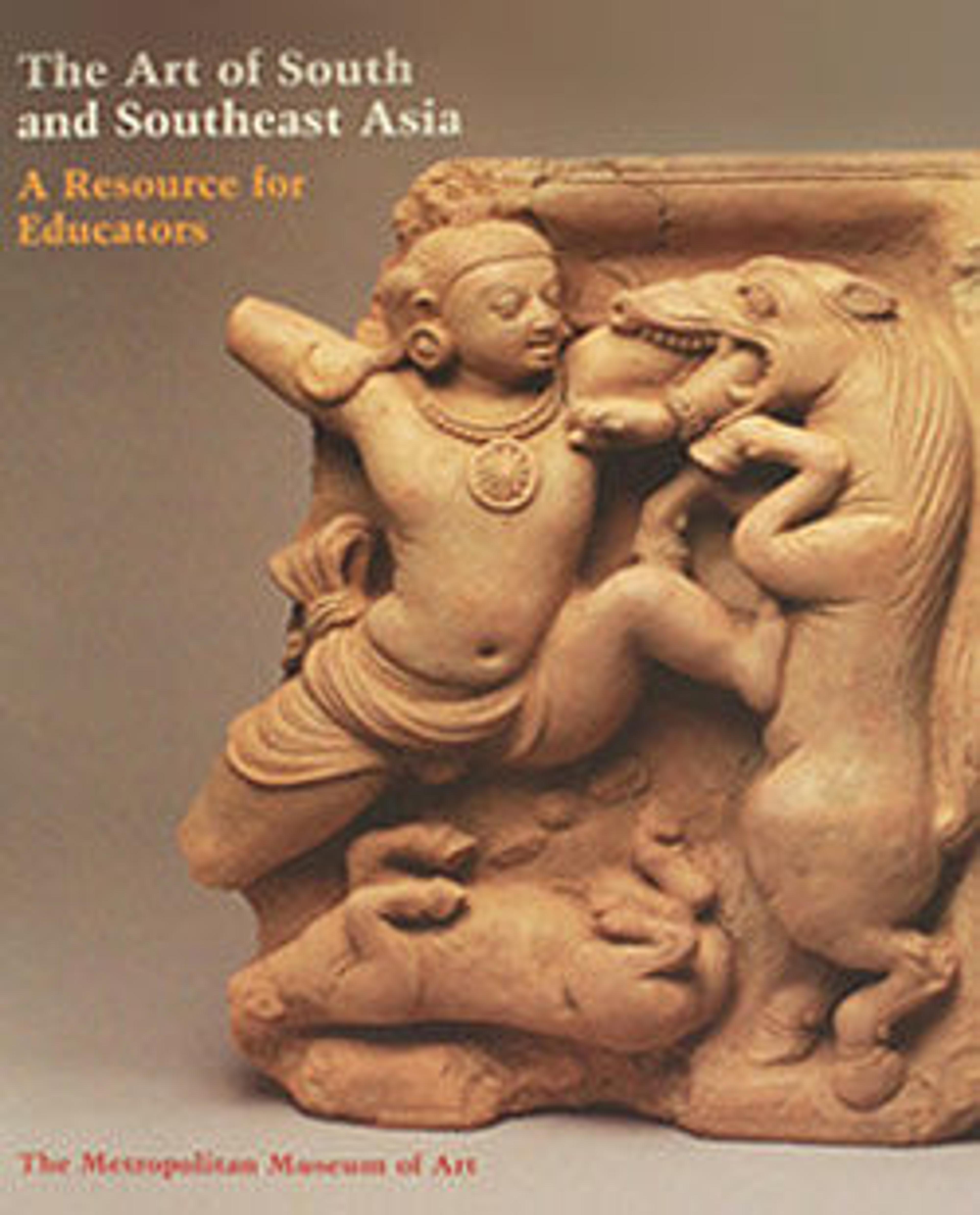Pierced Window Screen (Jali)
Jalis, or pierced screens, were used extensively in Indian architecture as windows, room dividers, and railings. In the course of the day, the movement of their patterns in silhouette across the floor would enhance the pleasure of their intricate geometry. This jali, one of a pair, would have formed part of a series of windows set in an outside wall, as suggested by the weathering on one side. They are attributed to the reign of the Mughal emperor Akbar (r. 1550–1605), when red sandstone was the favored building material.
Artwork Details
- Title: Pierced Window Screen (Jali)
- Date: second half 16th century
- Geography: Probably made in India, Agra
- Medium: Red sandstone; pierced, carved
- Dimensions: H. 73 1/4 in. (186 cm)
W. 51 3/4 in. (131.4 cm)
D. 3 9/16 in. (9 cm)
Wt. 780 lbs in crate (353.8 kg) - Classification: Stone
- Credit Line: Rogers Fund, 1993
- Object Number: 1993.67.1
- Curatorial Department: Islamic Art
More Artwork
Research Resources
The Met provides unparalleled resources for research and welcomes an international community of students and scholars. The Met's Open Access API is where creators and researchers can connect to the The Met collection. Open Access data and public domain images are available for unrestricted commercial and noncommercial use without permission or fee.
To request images under copyright and other restrictions, please use this Image Request form.
Feedback
We continue to research and examine historical and cultural context for objects in The Met collection. If you have comments or questions about this object record, please contact us using the form below. The Museum looks forward to receiving your comments.
